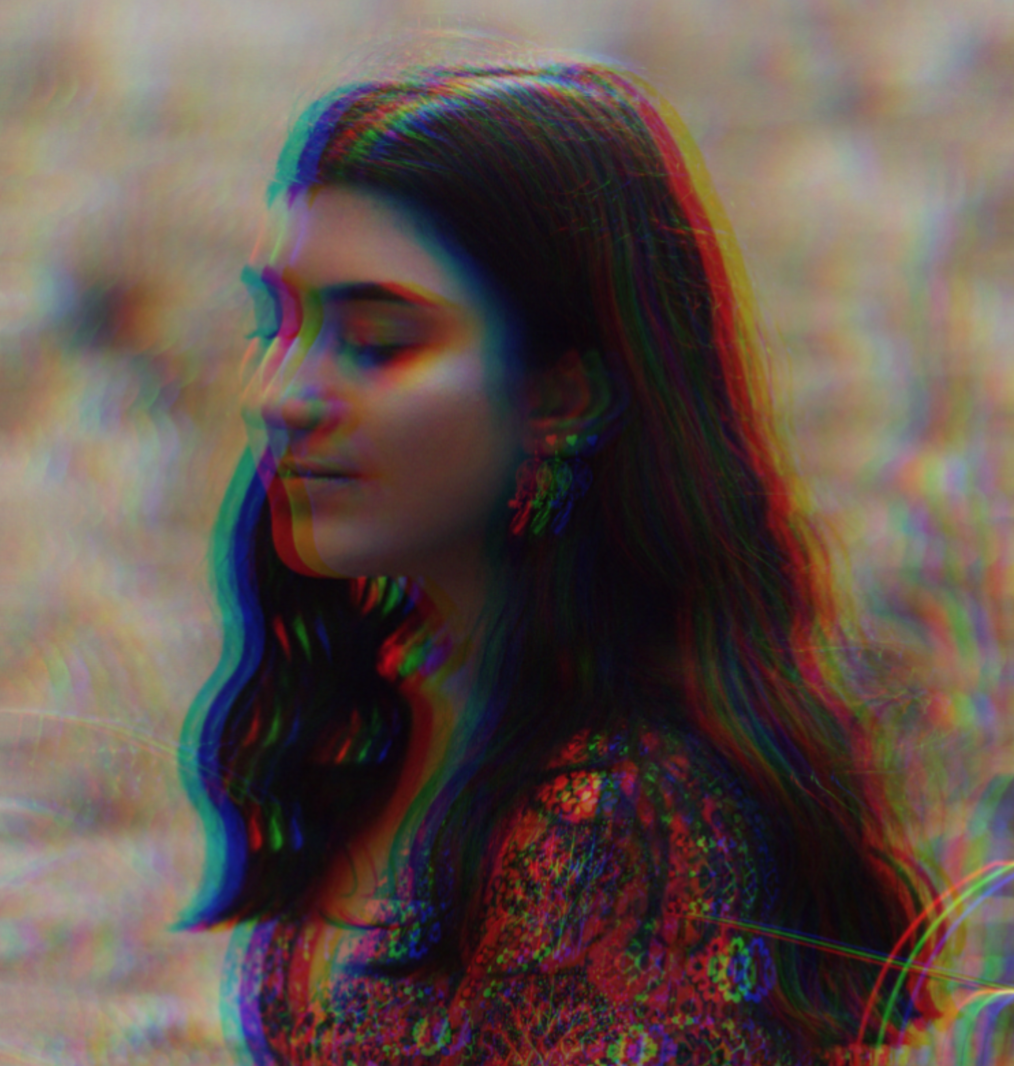To change something, nothing and everything.
Csicsery-Ronay argues that Science Fiction is more than a genre, it is a way of mythologising scientific and technical concepts into the spectrum of human interests and behaviours, both explaining them and attributing specific social values to them. Similarly to how Mark Bould describes the science fiction genre as a “shape shifting thing”, time travel narratives have no boundaries whatsoever. Although not all time travel television and film may be considered “science fiction”, they still have similar narrative elements. To explain and understand its complex narratives we can have it separated into three main categories. Lauren Thoman in her blog “The Three Types of Time Travel Stories” explains that to figure out what type of story you are watching all you need to do is ask: can the characters change nothing, some things, or everything?

Using her method of analysing film and television examples, let’s take a look at a few examples and see how this affects their narrative.
To change nothing, “single continuum”:
As mentioned in Fraser A. Sherman’s book “Now and Then We Time Travel, the essence of the time travel narrative can be seen as early as in Charles Dickens classic “A Christmas Carol.” Whilst it isn’t exactly time travel or science fiction, it foreshadows many of the themes that time travel film and television would later develop. “Repenting your past, realising your mistakes and learning your future is going to turn out very bad indeed.” While scrooge is unable to change his past, his learnt knowledge helps him alter his future.
Thoman mentions some other great examples of narratives which use the “single continuum” method such as The Time Traveller’s Wife, Arrival, and Interstellar. Similarly, in A Christmas Carol, the “manipulation of time” is used to assist characters in self-development and awareness, in their exploration of “the larger truths”. For example, appreciation of the present, valuing experience regardless of the outcome and the “power of love to transcend time and space.”

To change something, “fixed points”:
The “change something/fixed point” narrative theme relies on whether or not the characters in the narrative are aware of the effect of changing something whether it be big or small. It’s the idea that some things cannot be changed as they excessively impact the outcome of the future. A common theme in these types of narratives is the characters going back in time, changing something then realising it prohibited something as major as another character’s whole existence. For example in Netflix’s “Dark”, whilst protagonist Jonas wants to prevent his father’s suicide, he realises it is the exact reason that he exists.

To change everything, “infinite alternates”:
Lastly we have by far the most popular framework to appear in time travel fiction, the idea of “Infinite Alternates”. All sorts of time travel texts use this structure, from Back to the Future to X-Men: Days of Future Past to Planet of the Apes. In an Infinite Alternates framework, the plot is “not constrained by any event having to take place in a certain way – or at all – and any action, no matter how seemingly insignificant” can potentially spin off an entirely new version of reality. As pointed out by Thoman “the most important thing to keep in mind when watching an Infinite Alternates story is that anything goes, and nothing is set in stone”.

In Wittenburg’s “Time Travel: The Popular Philosophy of Narrative” (2013), he argues that time travel narratives are a response to epistemic shifts in scientific thought. He divides it into three “phases” or time periods. The first (1880-1905) organised through Isaac Newton’s notion of mechanical universe. In this period, it was believed that “Grand Narratives” can explain the meaning of life. Writers responded through their predictions of possible utopian futures.
The second phase (1920s to 1950s) was influenced by Einstein’s theory of relativity, the alignment of space and time. Narratives in this phase began to become more complex and time travel developments such as the “embracement of temporal phenomena” such as paradoxes, time loops and varying notions of causality began to show up in media texts.
The third phase (1950s-present) is highly affected by ideologies such as quantum physics, string theory and notions of the “multiverse” (a hypothetical group of multiple universes). It features the “ongoing visualization of parallel and multiplied lines of narrative”. Developments in this phase include the use of time travel as a framing device for future histories (Cloud Atlas, 2012), existential/ethical themes (Primer, 2004), repetitious time (Triangle, 2009), nostalgia (Back to the Future, 1984), subplots (Lost 2004-2010) and parody (Futurama (1999-2013).
So what will our future with time travel in film and television look like? Check out my next blog to find out!
References Used:
- Bould, M (2012), “Science Fiction”
- Csicsery-Ronay, Istvan (2008), “The Seven Beauties of Science Fiction”
- Sherman, F.A (2017), “Now and Then We Time Travel”
- Thoman, L (2017), “The Three Types Of Time Travel Stories”
- Wittenburg, D (2013) “Time Travel: The Popular Philosophy of Narrative”

Wow, time travel really is confusing! I always watch shows and think: does adding time travel takeaway from the narrative and is it a bit gimmicky? But the way you discuss it in this blog really explores how complex the concept of time travel can be, especially how it has changed over time!
LikeLiked by 1 person
Wow loved this! I’m usually not a fan of time travel because it tends to makes things a bit more confusing and adds a layer of the ‘get out of jail free’ trope but you may have just changed my perspective on some things!
LikeLiked by 1 person